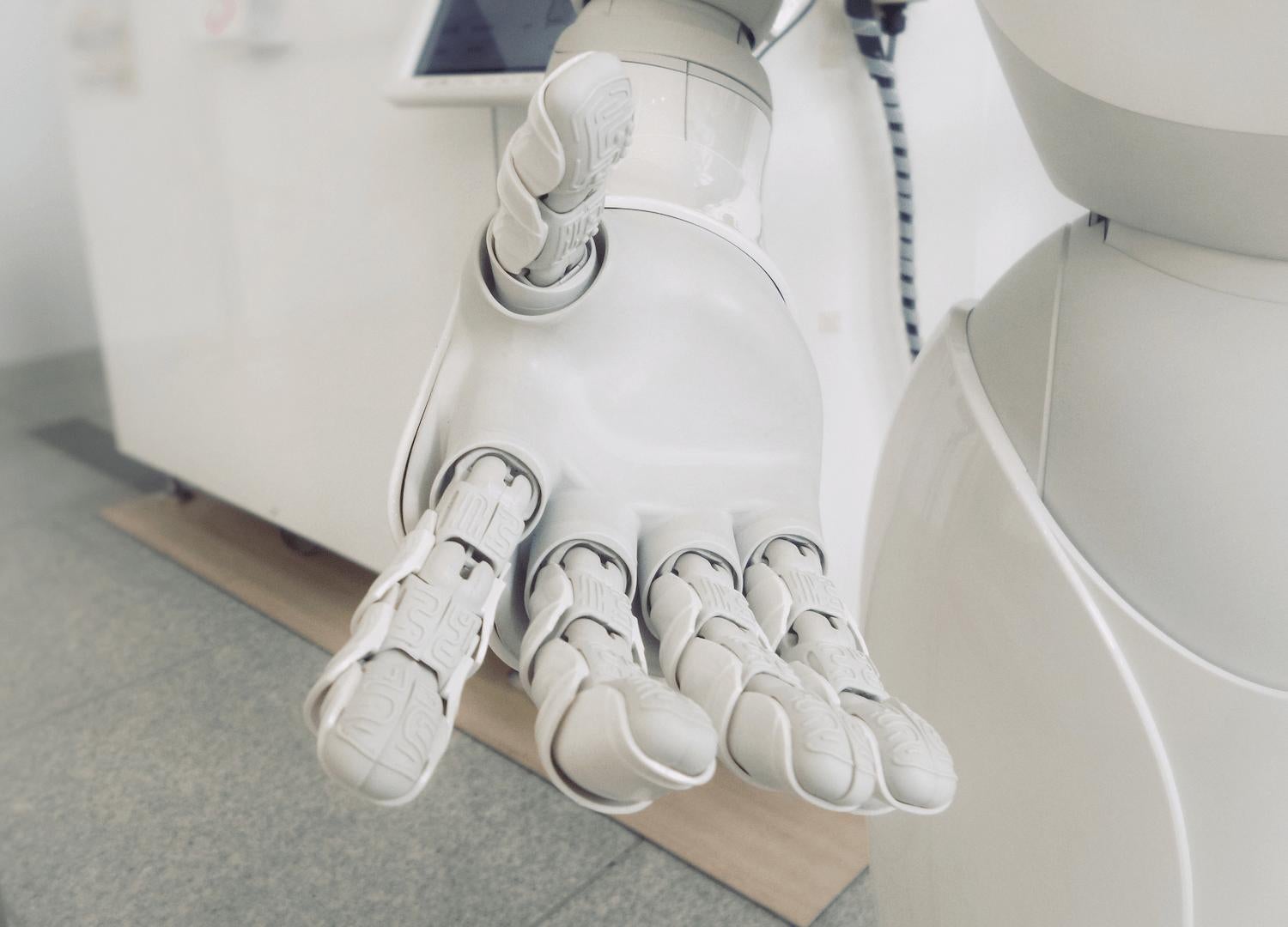Many people use fitness trackers and wearable wristbands to encourage themselves to achieve their daily step goals, monitor their step count or perhaps check the condition of their sleep. They don't necessarily think about ways it can help their employers support them.
However, with wearables being in daily use to manage personal health, sleep, fitness and productivity, introducing them into our workplaces seems like the next logical step. And it’s already happening!
Join me to discover how these ubiquitous, sensor-powered devices can unlock a new world of insight for employees and employers, supporting employee wellness and well-being.
Make Wellbeing Your Priority
It all started with the pandemic. Many companies introduced different solutions to facilitate social distancing and keep the employees safe. Bluetooth-enabled tags, company apps, and wearable wristbands were incorporated into the office space to let people know they’re too close to others and to help them keep the 1.5 metres distance. Especially the last of them seemed to catch up. And there came an idea – why not take it a step further and use wearables to support office wellbeing?
In the past, the importance of wellness and wellbeing programmes at work used to be underestimated and disregarded s a waste of money and time. However, there has been a significant shift in the approach towards office wellness and wellbeing. Office wellness programmes became a valuable addition to company life, highly appreciated by both employees and employers. Particularly for Gen Z and the Millennials, the changes brought by the pandemic have highlighted the need to focus on mental, physical and spiritual wellbeing.
And that’s how wellness and wellbeing wearables became a new hot office trend. And it’s high time! As Andrew O’Donnel, UK Real Estate and Workplace Director at JLL says, “We invest so much in the healthy, productive workplace – such as sensors measuring occupancy, air quality and movement – yet the most important metric is its impact on individuals. Employers are recognising this and seeing wearables as a way to understand whether and how they can improve employee wellness.”
And how exactly can wearables support office wellbeing? First of all, wearable technology can help monitor vital signs and bodily functions, and enable employees to promptly address any underlying issues. What’s more, with regular updates employees are continually motivated to pursue a physically active and healthy work-life. It can also measure levels of stress and allow employers to adjust the pace of work to the needs of workers.
Trust Issues
Sounds great, doesn’t it? However, what about data security, you may ask? And that’s a really good question, as security and privacy issues are the main reasons why many employees didn’t want tracking wearables to be introduced. The 2014 survey found only 31% of respondents were willing to grant that kind of access to their data.
However, in recent years, the tides are changing. Conducted by PwC on more than 32,500 respondents, the 2021 “Hopes and fears” survey states that 44% expressed willingness to use sensors and wearables with employers having access to their data. As Pete Brown, the joint global leader of people and organization, PwC UK, sums up, "With this increasing willingness for employees to share data, as long as organizations can instil trust and confidence, they and their people can reap the benefits."
However, if you want to introduce wearable devices into your office, you need to clearly outline the rules of data collecting and management. The employees need to know what data is being collected, where it's being stored, and who exactly has access to it. As Janet Mertens, director of research at The Josh Bersin Co., says, "Tracking at an individual level can go wrong. We are all too familiar with security breaches. One of the many responsibilities associated with an HR role is that of being a data steward, and it's essential to be transparent with employees how the data is going to be used."
Infrastructure for Wellbeing
The role of wearables at the office isn't confined to our wrists. Headsets, virtual reality goggles and monitoring patches can truly revolutionise wellbeing programmes at the workplace and introduce us to a new era of office wellbeing. As more wearable devices are introduced into working environments, the available data will help employees make informed decisions.
However, it's not just wearables: they are a part of a huge analytics ecosystem including sensors and numerous devices, such as our smartphones. As Brown says, "In the near future, those organizations who understand the benefits and undertake these programs in a responsible way will start to think about management science more like sports science and improving the well-being and performance of key workplace 'athletes."


